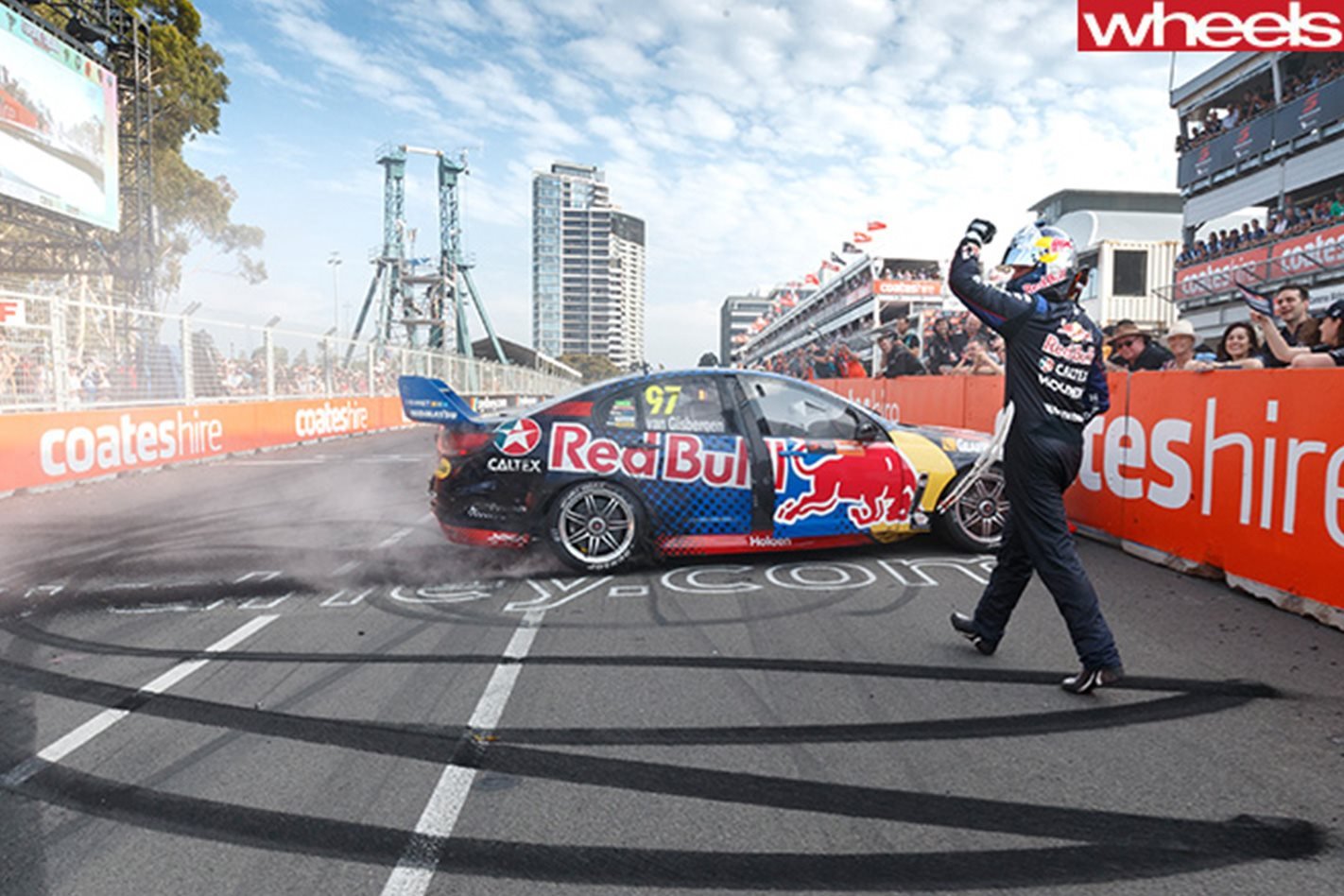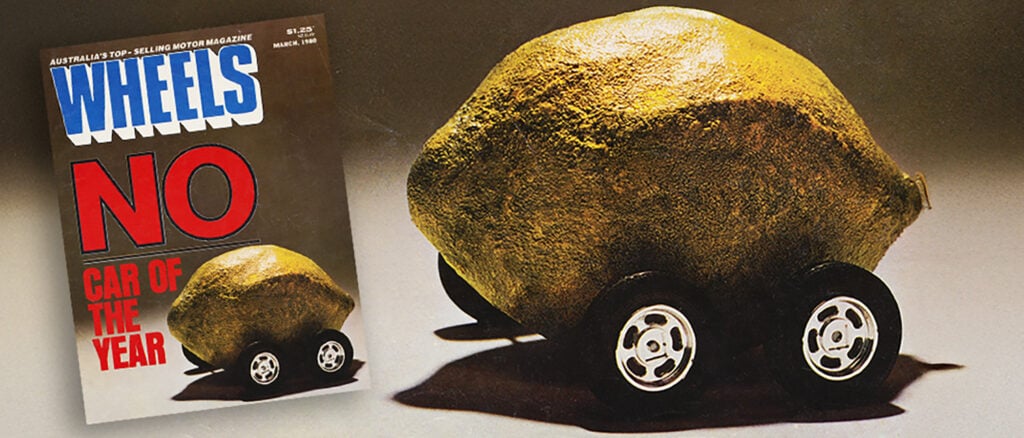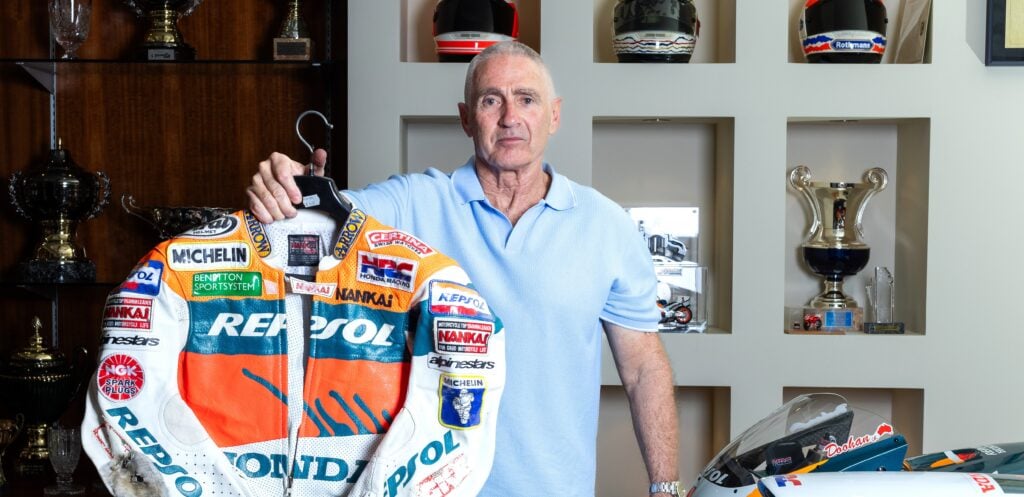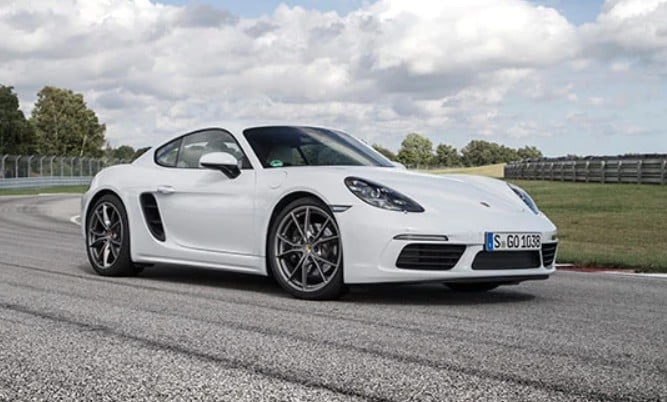Whincup fought tenaciously but van Gisbergen prevailed in battle of the Bulls…
Joh Bjelke-Petersen, Phar Lap, Dinah Lee, ANZAC biscuits, Max Merritt, Robbie Francevic, Russell Crowe, the pavlova, Jack Davey, Sam Neill, Jim Richards, Neil Finn, Keith Urban… Now add the name of Shane van Gisbergen to the impressive list of New Zealand products to have registered strongly in Australia.
In his time learning his craft in Australian Supercars, we noted his blinding speed and expressive car control. But doubts lingered whether he could put together the speed and thinking-on-the-fly for a full championship season.
Joining an expanded Triple Eight Race Engineering squad in 2016s year gave the exuberant, untamed van Gisbergen the chance to put it all together, operating to the stricter dictates of owner Roland Dane. Yes, there were other serious questions too – whether Red Bull Racing Australia team-mates van Gisbergen and six-time Supercars champion Jamie Whincup could work as team players whilst fiercely pursuing their own ambitions, and whether Triple Eight could successfully run three cars in a hectic championship.
And as the year unfolded, there were a couple of occasions when the Bulls got together unexpectedly, notably at Pukekohe. More than once though they duelled spectacularly and without grief, giving us breathtaking racing of the very highest quality.
By mid-season, van Gisbergen and Whincup had shaken off most of their challengers, with only Craig Lowndes and Scott McLaughlin within shouting distance.
Mount Panorama proved to be the turning point in the championship, with Whincup losing a swag of points in circumstances still debated now.
After that, he was desperately playing catch up.
Going into the finale at Homebush, Whincup trailed by such a margin that his rival needed only to finish fifth in the first of the weekend’s two 250km races.
Whincup fought like he always does, winning the race. But van Gisbergen came through to third to clinch his first championship. Of course, he did conclude the whole experience was “awesome”, his favourite word.
In the last race of the year, SVG drove like a champion-elect, storming home ahead of Garth Tander, who had plenty to prove in his farewell drive with the Walkinshaw HRT.
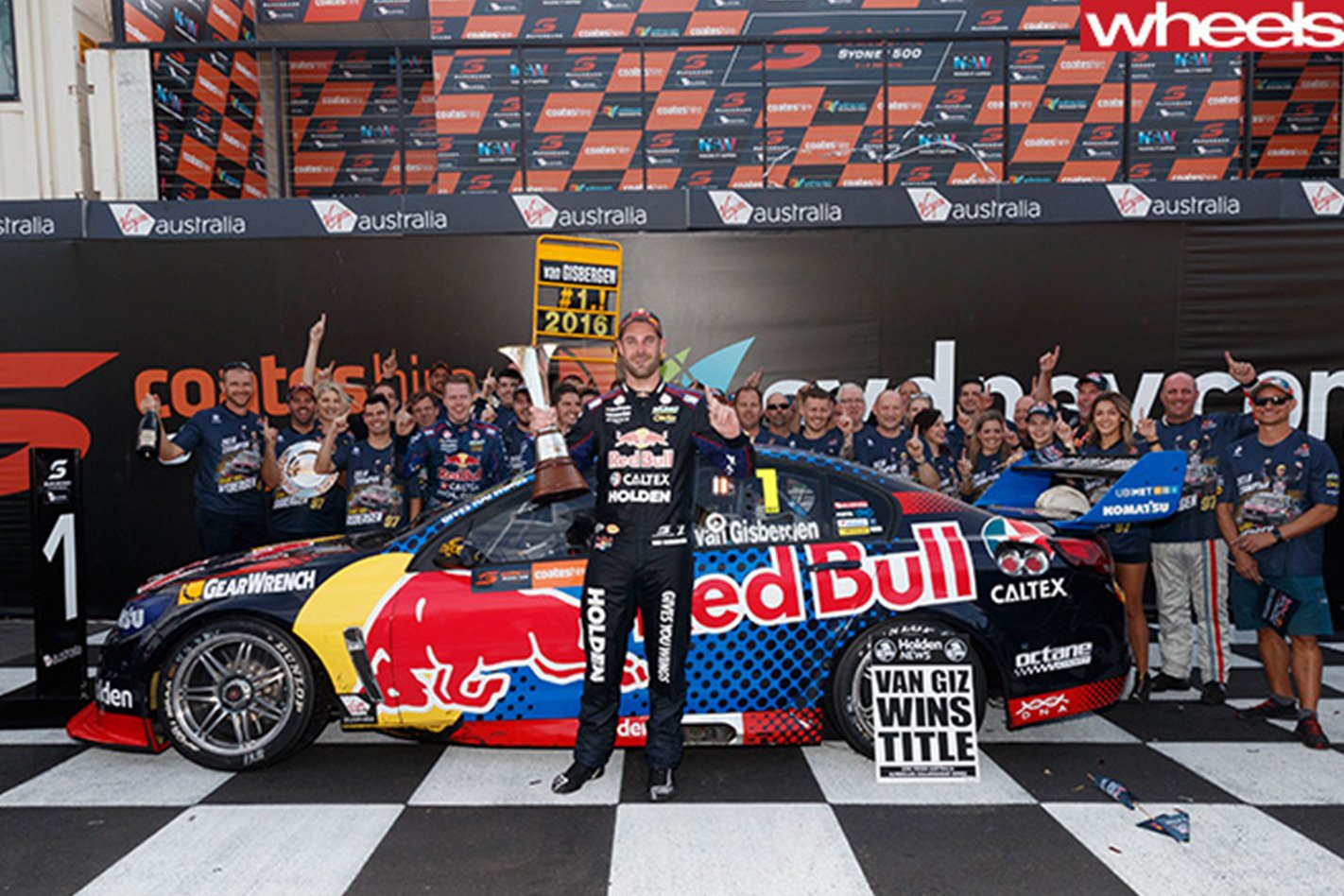
Grabbing a nice seeya gift for Garry Rogers Motorsport, the departing McLaughlin bested Lowndes in the fight for third in the standings, depriving the greedy Triple Eight camp of a triple treat at the top of the table.
Fifth in the championship was Will Davison, the one-entry Tekno Autosports team being the mouse that roared in 2016. Moving to Tekno (and back to a Holden product) handed Davison victory in the second round of the year, the Tasmania SuperSprint. Then after a dry spell mid year, he took third in the Sandown 500 with Jonathon Webb before the pair capitalised on the late dramas of others to win the Bathurst 1000, despite not leading any laps.
There is often an argument that champions struggle to keep their hunger for winning burning after a long, tough campaign. In Supercars, Whincup is one obvious, recent standout exception.
Reigning champ Mark Winterbottom vowed to go hard after back-to-back titles but then struggled to mount a tigerish defence, perhaps largely because his Prodrive Australia team lost some of its potency in 2016.
None of the Prodrive Falcons qualified or raced consistently, Frosty not scoring a podium until five races into the season, at Symmons Plains.
Winterbottom’s first victory of the year was in Perth when his fighting qualities were on show. Two podiums at Winton gave Winterbottom the championship lead, albeit briefly. That was as good as it got for Frosty and the Blue Oval followers. The second half was patchy and forgettable with only one more win – in Auckland.
At the season’s end, he’d finished sixth overall, and best of the Fordsters. Still readjusting after his huge Bathurst shunt in 2015, Ford team-mate Chaz Mostert, was next, ahead of BJR’s Tim Slade, a Winton double winner.
A new chassis in the latter part of the season reinvigorated Tander, who won the Sandown 500 with Warren Luff, shone brightly in the Bathurst 1000 (before his shunt), and then finished brilliantly at Homebush with a pole and a pair of second places. Still one of the best pack slicers-and-dicers in the business, Tander’s vigorous late push landed him ninth place in the championship, a couple of slots ahead of the driver remaining with the Walkinshaw stable next year, James Courtney.
Just four days after Tander won the Sandown enduro, Walkinshaw/HRT dumped the star in favour of younger (and certainly cheaper) signing Scott Pye.
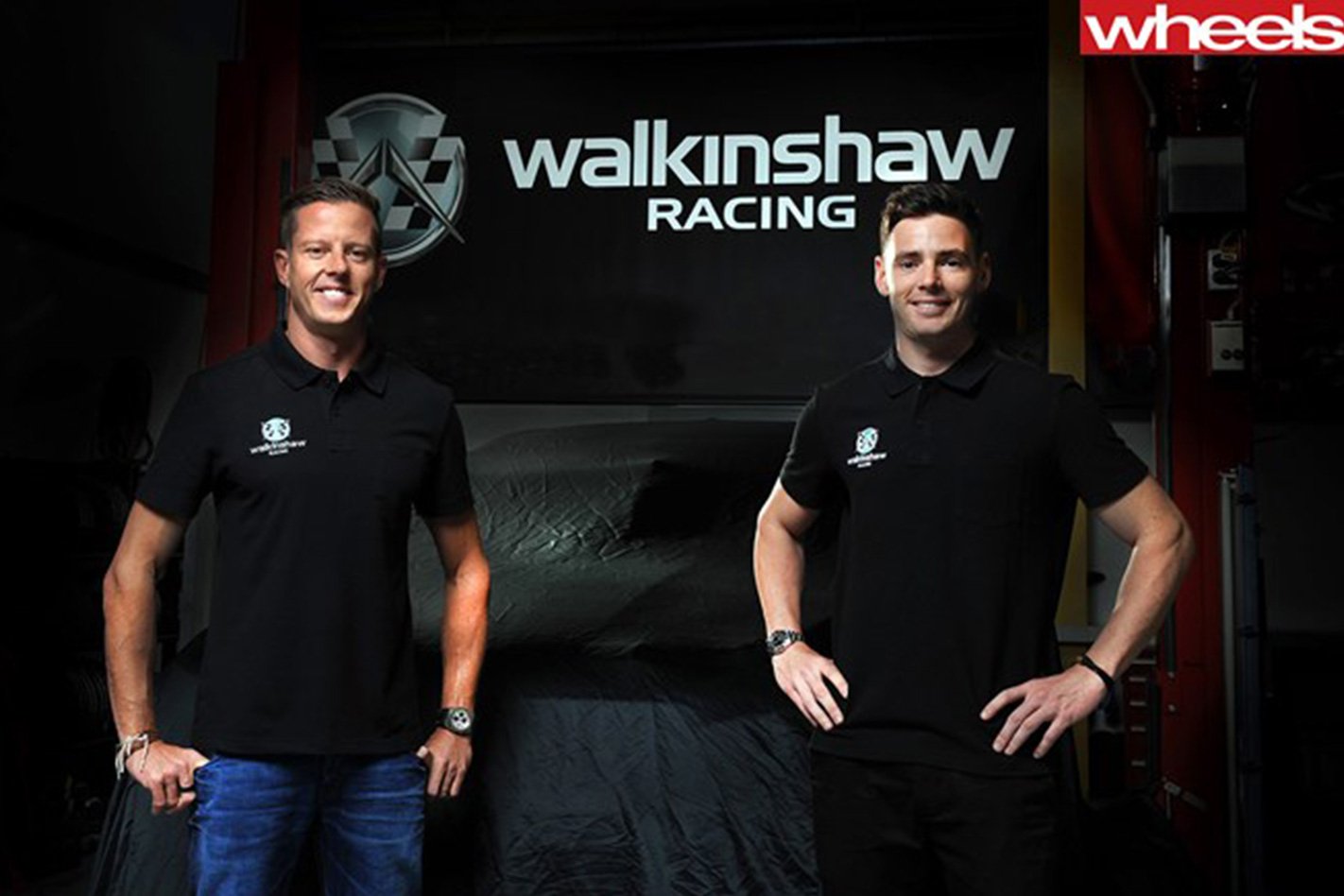
One championship position further back and the pick of the Kelly Nissan foursome was Michael Caruso, 10th in the points, helped by a win in Darwin.
Through much of year, Nissan’s head office kept its Australian arm on tenderhooks, along with the Kelly team, plus the chaps at Supercars. Would the Japanese brand commit to Supercars into 2017 and beyond, or follow Ford and Volvo out the door? And just when the doubting Thomas’ sensed all was lost, along came the announcement that the Nissans would be continuing…
Not so New Zealand team Super Black. Gone! Sad it is that a country spawning so many fine racing drivers cannot sustain a full-time Supercars team.
Gone too is the Holden Racing Team as we know it. In August, Holden ended its 26-year relationship with the legendary HRT, withdrawing factory support and stripping it of its famous name. The HRT nomenclature will in 2017 be part of the Red Bull team handle.
Also gone is the silly, unloved, taxpayers’-funded Homebush street circuit, conceived by people who should have known better than to foist such a spectator-unfriendly, economically unviable venue on race fans. Eight years of bent cars and the most abominable spectating in Australian motor sport. Good riddance.
The late-2016 come-uppence for the odiously corrupt former NSW Labor powerbroker Eddie Obeid also raised hopes that ICAC (Independent Commission Against Corruption) may get serious about delving deeper into the controversial ministerial decision by the egregious State minister (and Obeid associate) Ian Macdonald to tip in $35 million to fund the V8 supercar racing at Homebush. A subsequent report by the Auditor-General was scathing about the deal. The disgraced and disgraceful Macdonald signed taxpayers up to the V8 Supercars race without a system to manage potential conflicts of interest, without advice from the government’s major events body and without a proper business case, the NSW Auditor-General found. The deal stunk.
If only the money spent by the NSW Government over eight years had been ploughed into a permanent circuit…
Another late 2016 departure from Supercars was that of Jason Bargwanna, the Driving Standards Observer. Maybe his card was marked at Bathurst following the hotly contested decision to blame Whincup for the late race incident which also entangled McLaughlin’s Volvo and Tander’s HRT Commodore.
Watching that incident on video countless times and, funny thing, nothing changes. The Volvo driver left a gap, and Whincup was quite entitled to have a crack.
What happened in the ensuring couple of seconds was largely the fault of McLaughlin, who re-entered the track dangerously and made high speed contact with Tander, who was busily avoiding the redressing Whincup.
The decision to penalise Whincup changed the course of the championship, and likely cost the Red Bull Racing driver another Bathurst 1000 victory.
He and co-driver Paul Dumbrell had absolutely dominated that race until the fateful overtaking attempt.
And this is to take nothing away from Tekno’s Davison and Webb, who went on to win the Bathurst 1000. They were in the right place to take advantage of the slap down of Whincup.
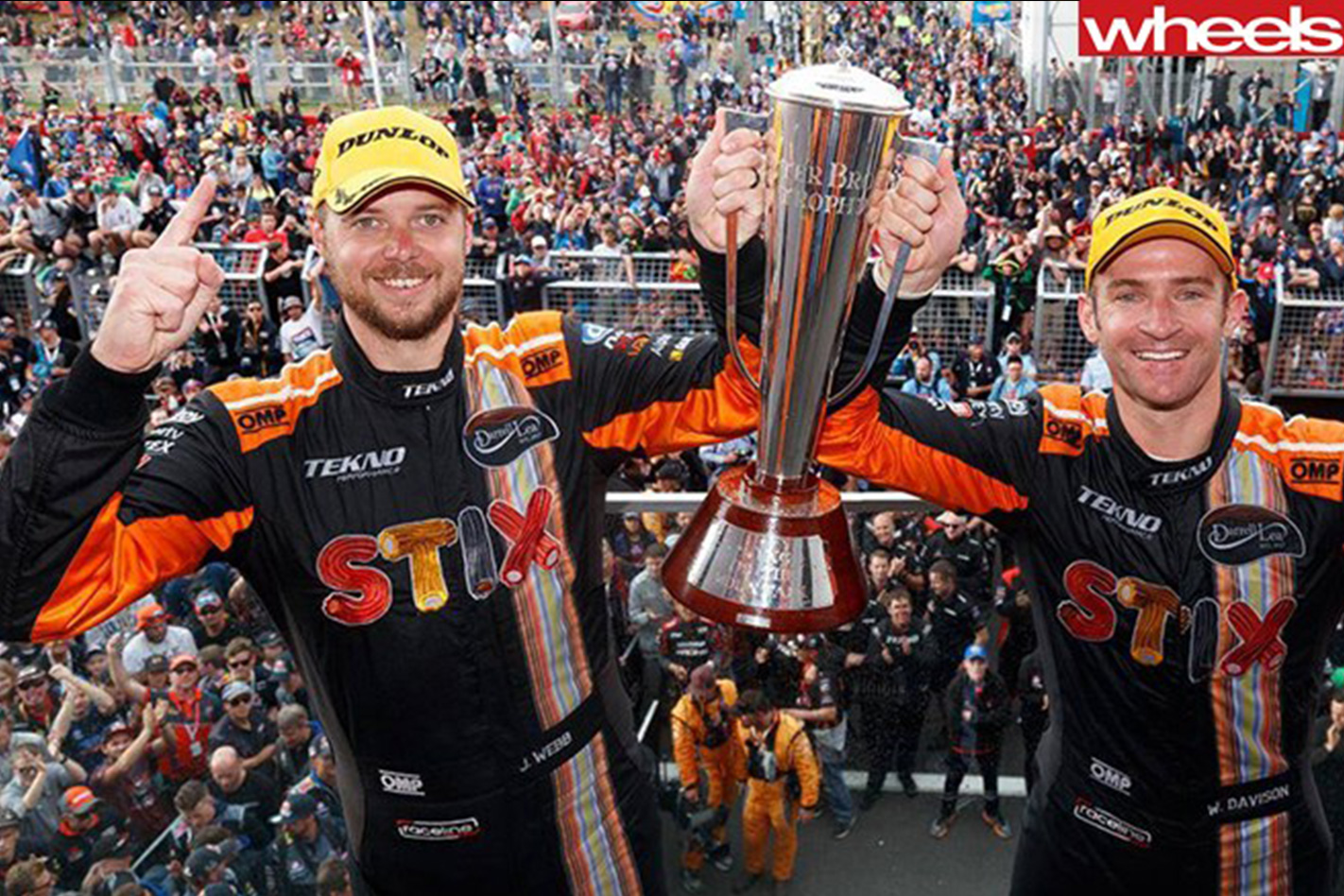
2017: More of the same or can others carry the fight to the Bulls?
And when will the frightening potential of DJR-Team Penske be realised?
Making predictions in motor sport is, well, notoriously fraught. But it is a safe bet to suggest that the 2017 Supercars championship will again feature the prime protagonists from the previous season, titleholder Shane van Gisbergen and six-times champ Jamie Whincup.
The carefree, drive-anything Kiwi will be buoyed by greater familiarity with the Red Bull Racing Australia team, and the knowledge that he possesses the right stuff.
Whincup will focus on banishing the mistakes –one or two self inflicted and others outside his control – that cost him the crown in 2016.
On the basis of pure talent, a few others should challenge too. Scott McLaughlin’s move to DJR-TeamPenske promises a lot, the proviso being that the blended outfit of two great names on either side of the Pacific hits its straps, eliminates some of the stuff-ups of 2016, and gets on terms with the benchmark Bulls.
Craig Lowndes should be thereabouts too, the sparkling veteran still capable of taking it to his Triple Eight (RBRA) team-mates.
Question marks hang over what sort of impact Garth Tander will make in his return to the Garry Rogers Motorsport team that gave him his 1998 start in the then V8 Supercars category.
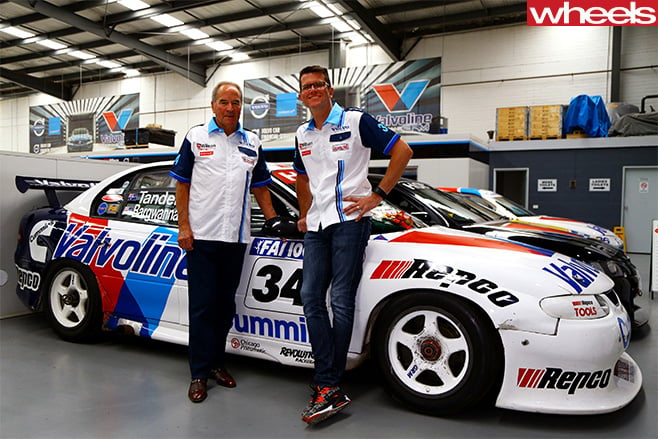
Garry Rogers sees an extended future for Tander at GRM, with his role expanding beyond just race driving. “Garth’s business acumen is important; he is very smart as well as being a great driver so I think he will be a person to help [Garry’s son] Barry not only maintain but also grow the team.
“I have no doubt that Garth will be a serious contender on track. As a driver he has a few good years left in him in my opinion and whether that’s two or 10, I don’t know.”
Tander’s homecoming was announced slap-bang in the middle of tense mediation sessions centred on whether GRM can use the Volvo S60 hardware from three rather successful seasons of Supercars racing.
GRM has shown it can field cars capable of winning, but the legal wrangle may not bring the best possible outcome for the team, and therefore for Tander and his team-mate in 2017, James Moffat.
Replacing the star veteran at The Team Formerly Known as HRT, is Scott Pye, who will be under pressure to perform at the same level as the triple Bathurst 1000 winner whom he replaces, and carryover driver James Courtney, his very worthy Holden team-mate. The HRT/Walkinshaw outfit showed some signs of renewal late in 2016, but will have to lift again to embarrass the T8 steamroller. And it will have to get by without Holden factory status and a budget from Fisherman’s Bend. Still, neither of these elements helped the Walkinshaw operation much in recent times…
Other changes to team driver line-ups also bear watching. Nick Percat, who did some impressive stuff with the under-fed Lucas Dumbrell team last season, has been lured to Brad Jones Racing.
The South Australian replaced Jason Bright who after seven years with the Albury-based team re-emerges under the Prodrive umbrella. Despite what must be measured as an ordinary year, the fast approaching 44 year-old was keen to remain a full-timer on the Supercars’ grid and canvassed several opportunities before Super Black’s wobbly and ultimately terminal future led to the deal to return to the Ford squad, driving its fourth Falcon.
Bright joins Mark Winterbottom, Chaz Mostert and Cam Waters in a squad that needs to lift its car speed and consistency in 2017.
Supercars Australia finally got its wish to secure a full-time gig for a quality female driver, helping fund Swiss open wheel driver Simona de Silvestro into one of the four Kelly brothers’ Nissans.
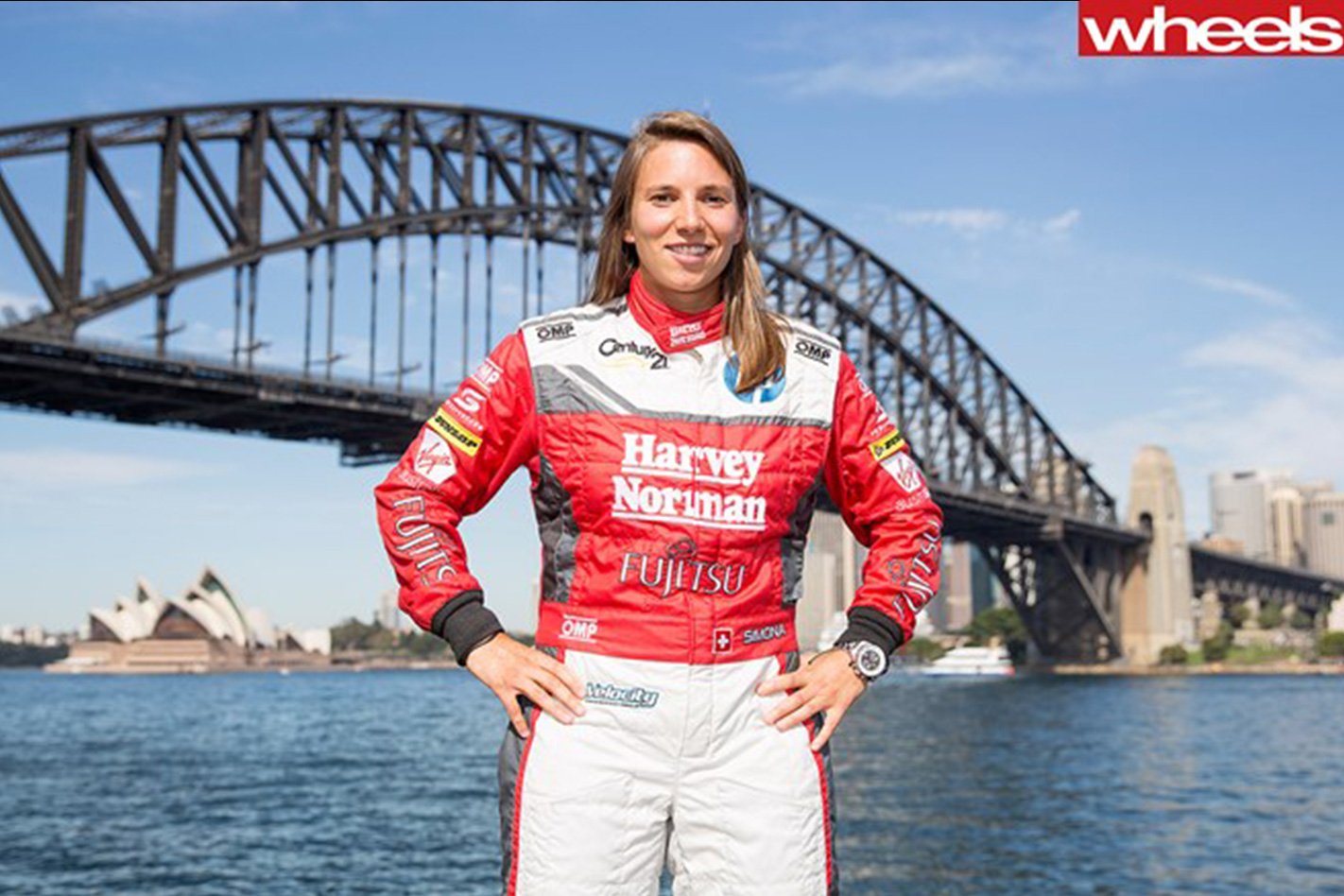
De Silvestro looked very capable when she raced in the Bathurst 1000 in 2015 and 2016.
With her background in IndyCars, Formula Atlantic and, more recently, Formula E, the 28-year-old driver understands she faces a difficult transition to taxis: “I think it’s going to be a pretty big challenge for me. Like I’ve said before, most of my career has been in open wheel. The Nissan Altima was feeling pretty great at Bathurst, so I’m sure at the other tracks I’m going to be able to adapt a lot quicker. Learning the tracks and working with the team will be a big challenge but looking forward to it.”
Fans should cut any newcomer plenty of slack. Remember the difficulties faced by others new to Supercars in the recent past? These include Robert Dahlgren, Maro Engel and Alex Premat, who like de Silvestro had to learn new tracks, a grid of drivers of varying levels of aggression, a new car and a new team. Never easy.
Betty Klimenko’s Erebus Motorsport had some heartening results in 2016 with the quick and effervescent David Reynolds, who took his first podium for the team on the streets of Sydney in the last round of the championship. Reynolds is particularly lively on street layouts but his all-round game is clever enough to threaten lots of rival teams at every stop on the schedule in 2017.
“We’ve had great momentum going the last few rounds and if we keep playing it smart, there’s no reason we can’t be at the front straight away next season,” Reynolds said.
A sidebar to his broader championship assault is the reality that he still owes van Gisbergen a serious return of serve for that scary unload at Phillip Island in 2015.
Erebus has also signed 2013 Dunlop Series winner Dale Wood to drive the #4 Commodore in next year’s Supercars Championship. After a very ordinary 2016 at the wheel of a Nissan, Wood surely realises he needs to stay out of strife and improve his consistency to hold his place in the main game.
With one exception, the Supercars circus will play at venues largely familiar to teams and spectators.
New for everyone will be the street circuit to host the Newcastle 500, set to take place from November 24-26, 2017, making it the final round on the calendar, replacing unloved Homebush.
The 2.6km track incorporates parts of the CBD and local landmarks such as Nobbys Beach, Fort Scratchley and the harbour foreshore.
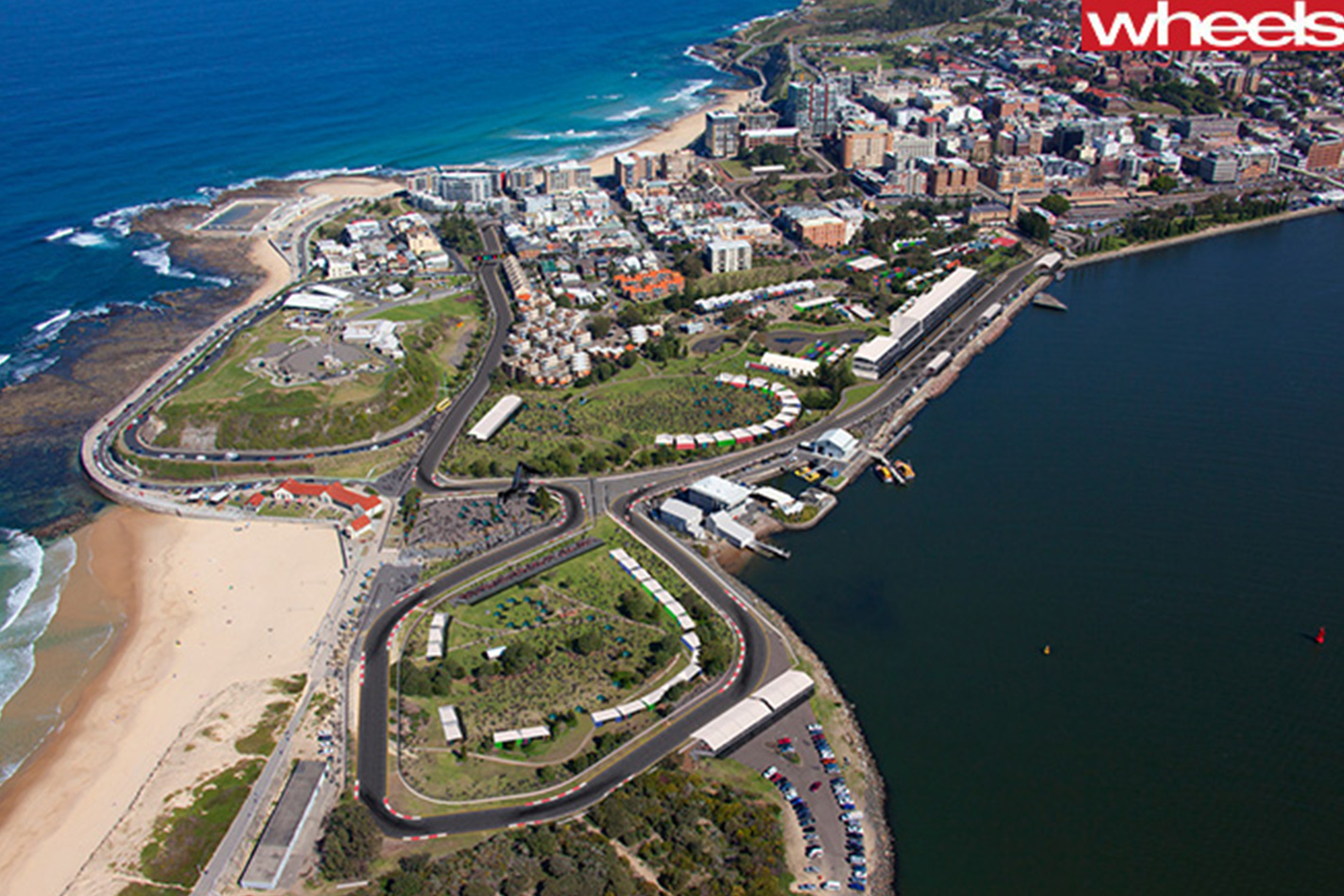
Supercars had hoped to stage the Newcastle finale one weekend earlier, but that slot was snaffled by the Rally Australia world championship event, to be held in Coffs Harbour.
Let’s hope local fans enjoy the Newcastle event, because they’re helping pay for it.
Then there’s the ongoing debate about whether the Supercars championship really needs a heavy involvement from the manufacturers. Sure, the variety expressed by having a welter of brands is useful, but does it matter that there are just two factory teams in 2017 – Holden, and Nissan?
The truth is that, apart from the grilles, the track machines bear scant resemblance to the production versions.
This will change in 2018, when Holden’s new racecar adopts a competition turbo version of its V6, one of the three engine choices in the next production Commodore, an Opel-sourced front-drive/all-wheel-drive Insignia hatchback …

